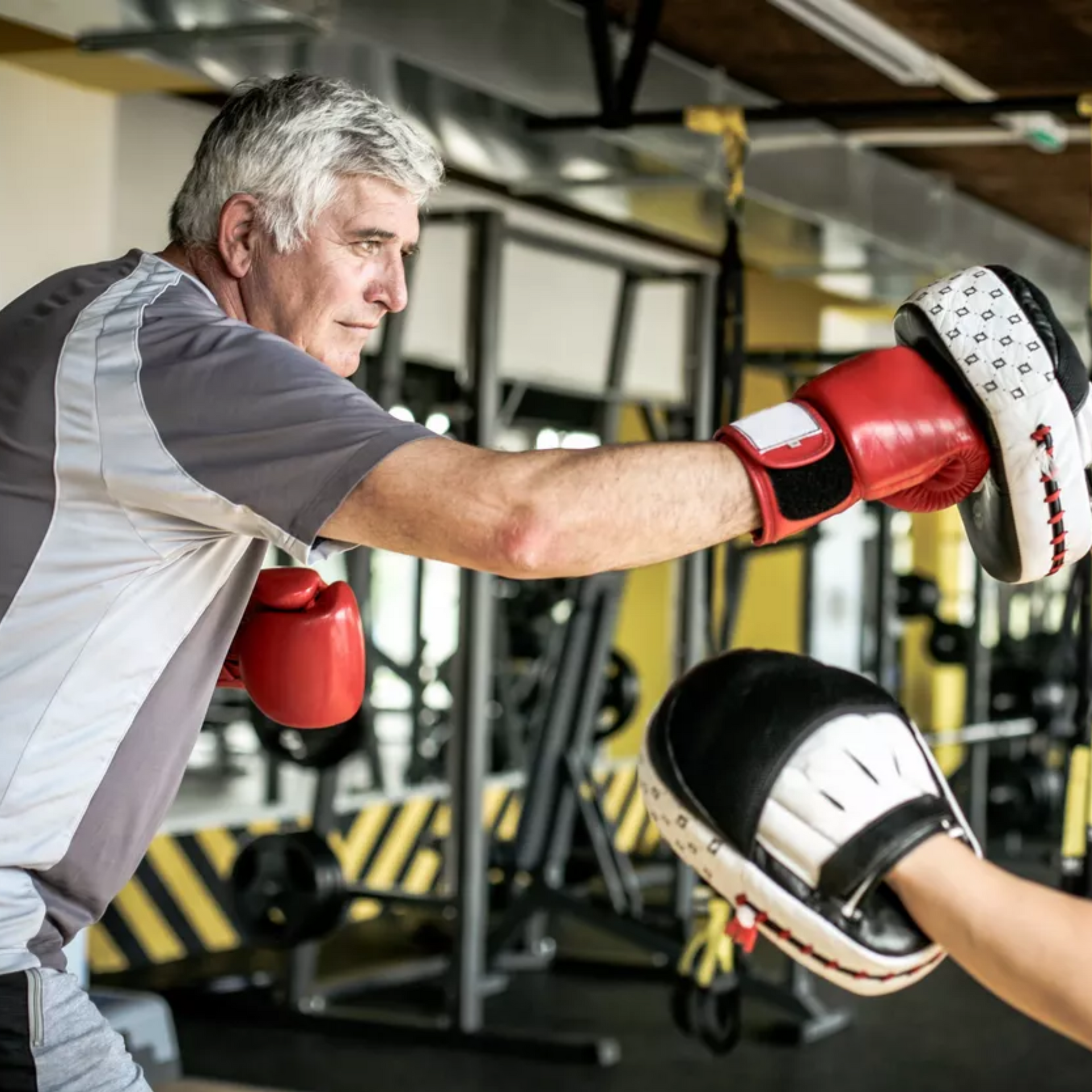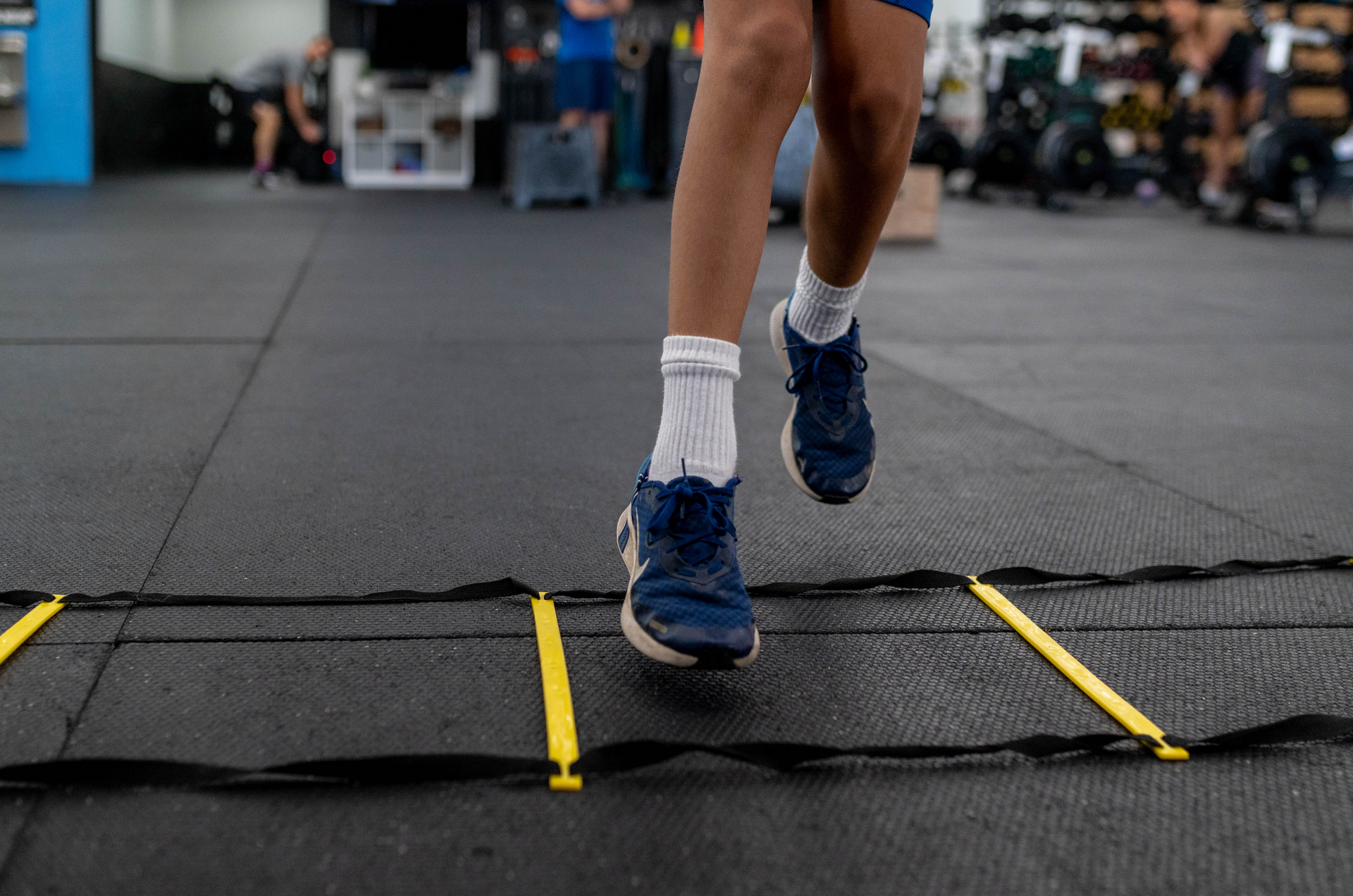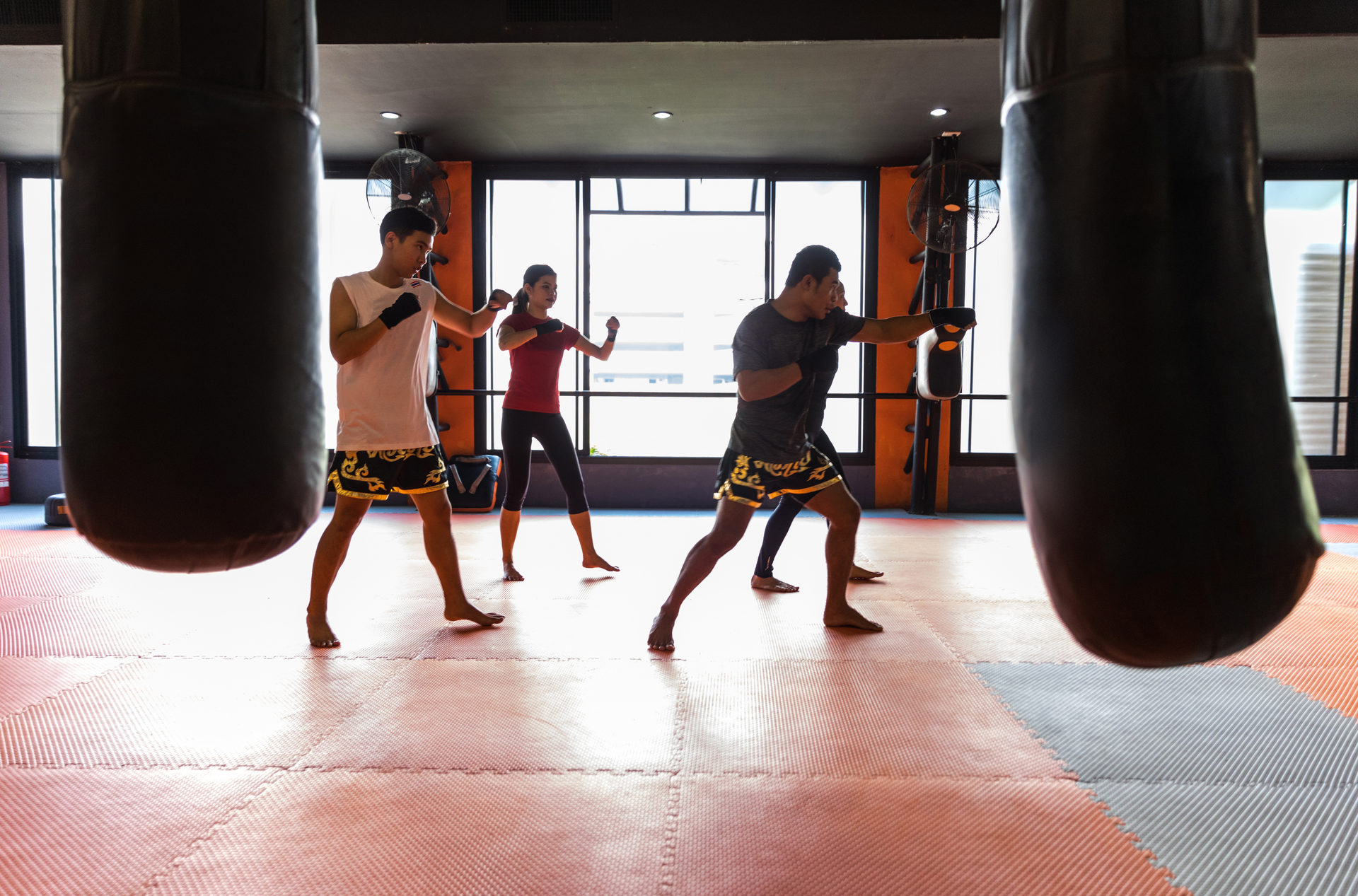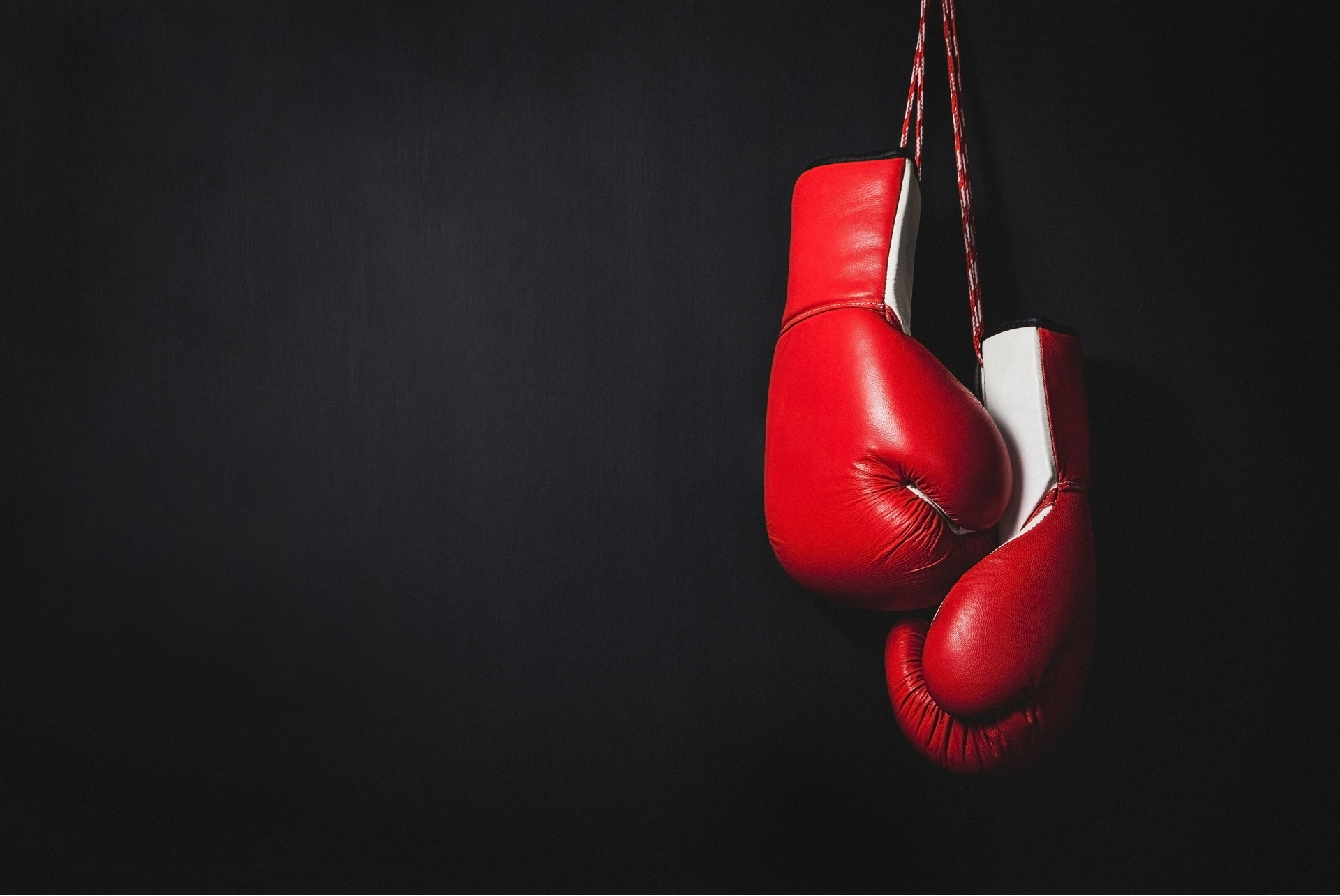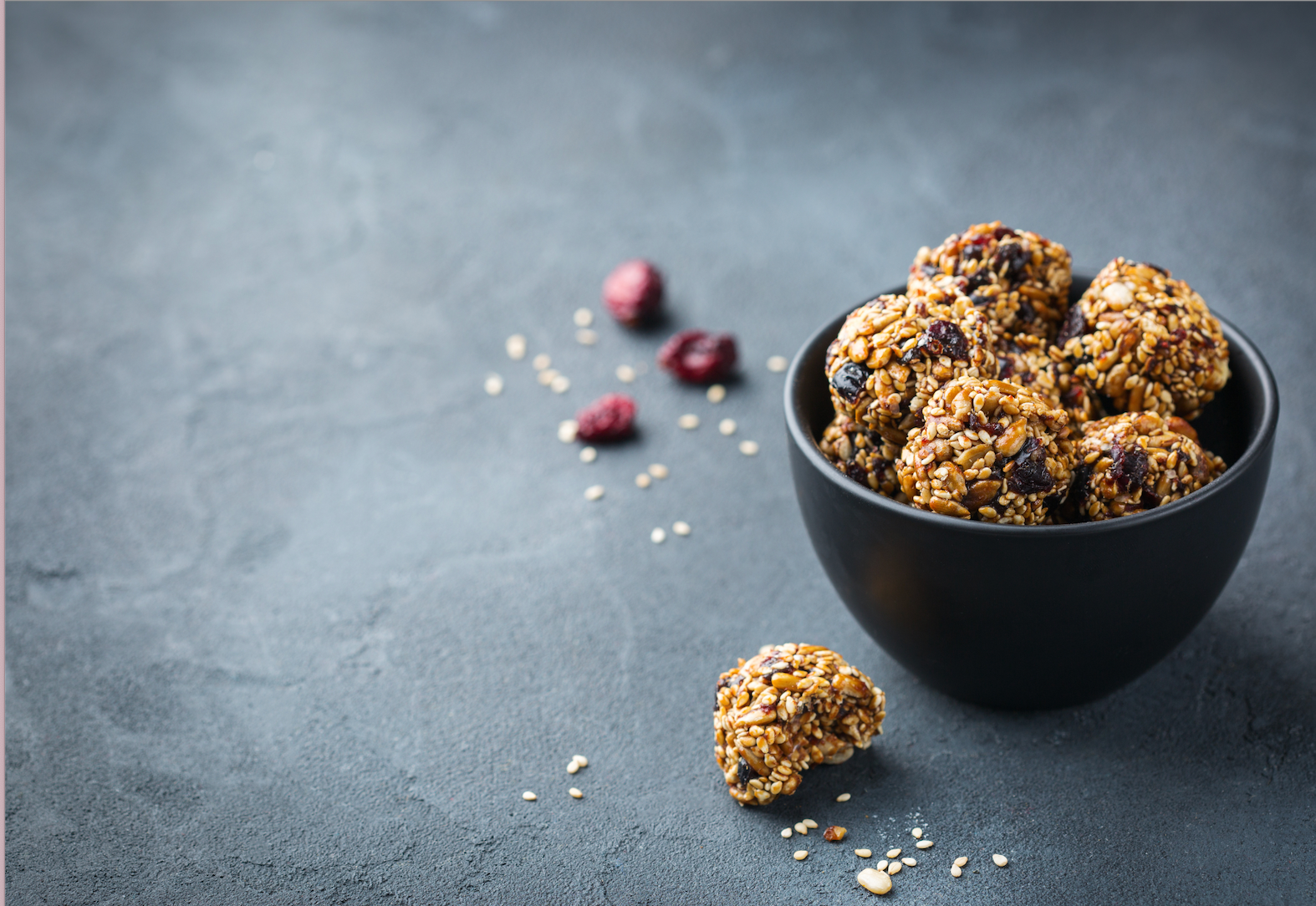The Role of Boxing in Rehabilitation: From Injury to Recovery
Recovering from an injury can be a challenging journey, requiring dedication and a comprehensive approach to healing. At A1 Boxing, we’ve seen firsthand how boxing can serve as a powerful rehabilitation tool. This dynamic sport addresses both physical and mental aspects of recovery, offering a holistic method to rebuild strength, coordination, and overall well-being. Boxing’s structured workouts help enhance muscle strength and flexibility, essential for regaining functionality. Additionally, the rhythm and focus required in boxing can assist in pain management and improve your overall physical health, making it a valuable part of the rehabilitation process.
The Benefits of Boxing for Rehabilitation
Improving Strength and Conditioning:
Boxing exercises are designed to rebuild muscle strength and improve cardiovascular health. The sport’s diverse workouts, including punching drills and resistance training, help enhance overall physical conditioning. This targeted approach is crucial for recovering strength and endurance after an injury, allowing individuals to gradually regain their physical capabilities.
Enhancing Balance and Coordination:
One of the key benefits of boxing is its focus on improving balance and coordination. The sport’s dynamic movements and footwork drills are specifically tailored to help rebuild neuromuscular control. This can be particularly beneficial for those recovering from injuries that affect stability and coordination, reducing the risk of future falls or injuries.
Boosting Mental Resilience:
Boxing isn’tjust about physical strength; it also fosters mental resilience. The concentration required in boxing workouts helps build mental toughness and manage stress. Engaging in boxing can boost motivation and provide a sense of accomplishment, which is essential for staying positive and committed throughout the recovery journey.
Providing Personalized Workouts:
At A1 Boxing, we understand that each rehabilitation journey is unique. Our trainers design personalized workout plans that cater specifically to your needs, ensuring safe and effective progress. Whether you’re recovering from a sports injury, surgery, or another condition, our tailored sessions will help you achieve your recovery goals.
A Supportive Community for Your Recovery
We recognize that overcoming an injury takes both time and strength. That’s why at A1 Boxing, we have built a supportive system that includes not only our experienced trainers but also a community of members who are here to encourage and motivate you. Starting a new rehabilitation program can be intimidating, but we want to assure you that we are committed to making your experience welcoming and supportive. Our team is dedicated to providing guidance and encouragement to help you feel confident and motivated from day one.
Conclusion
Boxing offers a dynamic and effective approach to rehabilitation, addressing both physical and mental aspects of recovery. From improving strength and balance to boosting mental resilience, boxing can play a crucial role in your journey to recovery. At A1 Boxing, we are passionate about supporting innovative approaches to health and wellness and believe in the transformative power of boxing.
Ready to get started on your journey to recovery and strength? Sign up today at www.A1BoxingClub.com.




